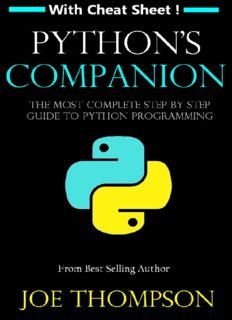Description
«Dive into Web Development with ‘PHP, MySQL, JavaScript & HTML5 All-In-One For Dummies’!
Authored by a team of experts, this comprehensive guide is your one-stop resource for mastering the essentials of web development. Whether you’re a beginner or an experienced developer, this book covers everything you need to know about PHP, MySQL, JavaScript, and HTML5.
From building dynamic websites to creating interactive web applications, ‘PHP, MySQL, JavaScript & HTML5 All-In-One For Dummies’ offers practical guidance, real-world examples, and hands-on exercises to help you succeed. With its clear explanations and step-by-step instructions, this book makes learning web development accessible and fun.
Whether you’re interested in front-end development, back-end programming, or database management, this book equips you with the skills and knowledge to tackle any web development project. Get ready to unleash your creativity and build stunning websites and web applications with ‘PHP, MySQL, JavaScript & HTML5 All-In-One For Dummies’ as your trusted companion!»








Reviews
There are no reviews yet.